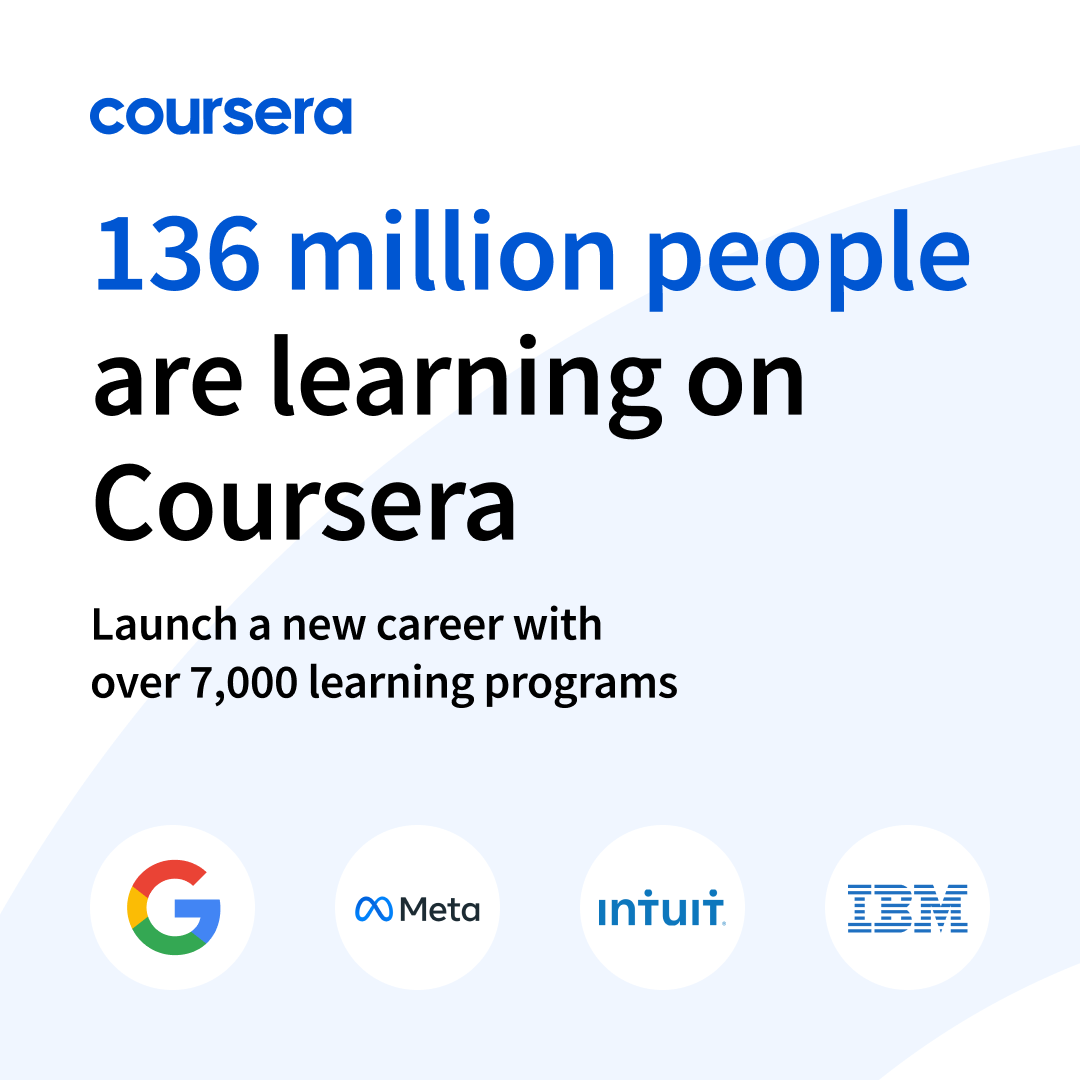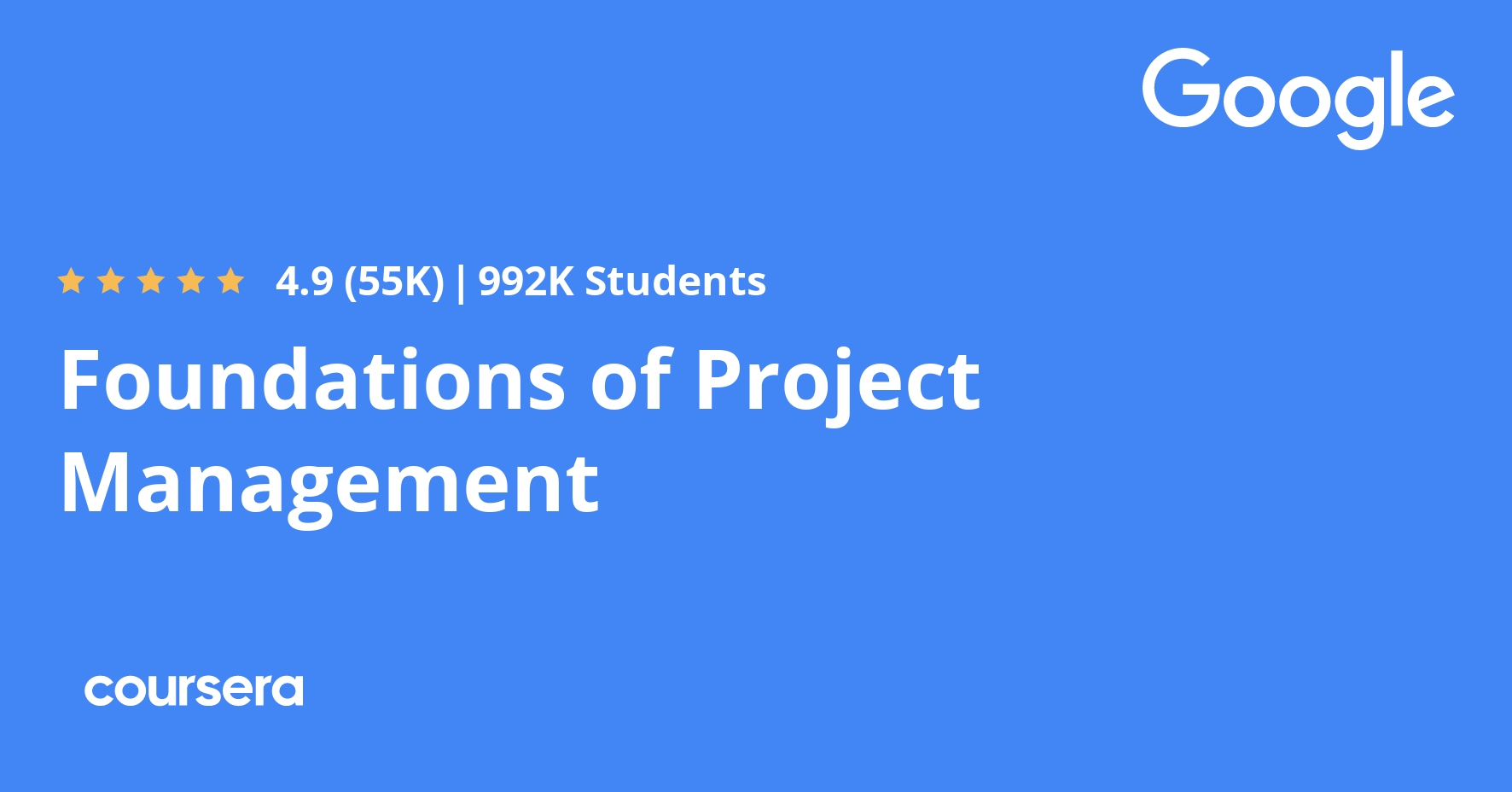Description
Are you a developer ready to explore serverless application development? This intermediate-level course is for you!
Begin with an understanding of how serverless benefits developers, learn when to use serverless programming, serverless deployment models, and discover its top use cases and design patterns. You’ll also discover how serverless supports continuous integration and continuous delivery (CI/CD) and microservices integration.
Hands-on labs reinforce serverless programming concepts for creation, deployment, and invocation of cloud-based functions—including the deployment of microservices using OpenShift and Istio. Complete the course with the confidence to build a multi-tier web app that uses IBM Cloud Functions, OpenShift, Istio, and more.
What you will learn
Introduction to MicroServices
Do you want to learn how to develop applications that incorporate recognized and recommended development practices? Are you ready to learn more about microservices, how microservices compare to service oriented architecture, and recommended microservices patterns? In this module, you’ll begin by learning 12 Factors Application Methodology. Next learn about microservices and their benefits and drawbacks. You’ll extend your microservices knowledge when you learn about microservices patterns and anti-patterns.
Introduction to Serverless
Serverless, microservices, and functions are terms that often mistakenly spoken of interchangeably. For effective Cloud DevOps, you need knowledge about how each of these capabilities fit into cloud environments and the cloud application development process. Learn what serverless is. First explore how microservices differs from serverless. Next, take a deeper dive into the application time when you learn about Function as a Service (FaaS) and discover how FaaS compares to other cloud capabilities. Finally, expand your functions knowledge when you explore IBM Cloud Functions.
ORM: MicroServices w/ Serverless
In this module, you’ll learn how to use actions, triggers and rules that help you quickly accomplish your cloud application programming tasks. You’ll be guided step-by-step through how to create and invoke action retrieve results. Then, you’ll discover how to invoke an action using parameters and how to bind specified default parameters to an action. Next, learn how triggers and rules help you organize and reduce programming complexity. Then, delve the benefits of exposing actions as APIs, the benefits of implementing web actions, and how using API gateways eases application development. Finally examine the advantages and constraints of container tools like Kubernetes. All programming tools, including container tools such as Kubernetes have specific challenges. Round out this module’s learning with insights about how IBM Code Engine addresses common Kubernetes challenges.
OpenShift Essentials/Working with OpenShift and Istio
Discover how Red Hat® OpenShift®, a container platform for Kubernetes, helps you automate the provisioning, management, and scaling of your Cloud applications. Explore what a service mesh is and how service meshes benefit organizations who are using microservices. Wrap up this module with an understanding of microservices on OpenShift.






